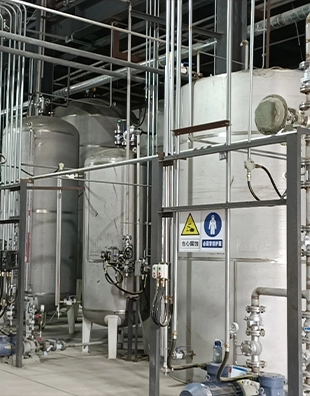PAM Chemical for Water Treatment - Efficient Water Purification Solutions
The Role of PAM Chemicals in Water Treatment
Water treatment is a critical process that ensures the availability of clean and safe water for various uses, including drinking, irrigation, and industrial applications. One of the pivotal substances used in water treatment is Polyacrylamide (PAM), a synthetic polymer that has gained significant attention due to its effectiveness in improving water quality.
The Role of PAM Chemicals in Water Treatment
The application of PAM in water treatment can be categorized into several forms based on its ionic charge, which can be cationic, anionic, or nonionic. Cationic PAM is particularly effective in treating wastewater with high organic content, as it interacts positively with negatively charged particles, promoting aggregation. Anionic PAM, on the other hand, is suitable for water with low turbidity levels, where it aids in the removal of fine particles. Nonionic PAM is versatile and can be used across various applications, providing a balance between efficiency and cost-effectiveness.
pam chemical for water treatment

One of the most significant advantages of using PAM in water treatment is its ability to reduce the amount of chemicals needed for coagulation and flocculation processes. This reduction not only lowers operational costs but also minimizes the environmental impact, as less chemical residue is left in the treated water. Moreover, PAM can enhance the efficiency of sedimentation and filtration processes, leading to improved overall water quality.
However, it is essential to use PAM responsibly and follow recommended dosages, as excessive use can lead to adverse effects, such as increased levels of residual acrylamide, a potential toxic substance. Therefore, monitoring and controlling PAM concentrations in treatment processes is vital to ensure the safety and efficacy of the water treatment operations.
In summary, PAM chemicals play a vital role in modern water treatment processes. Their ability to enhance the removal of impurities, reduce chemical usage, and improve overall water quality makes them indispensable in both municipal and industrial applications. As the demand for clean water continues to rise, the application of PAM in water treatment will likely expand, paving the way for more efficient and sustainable water management practices.
-
Water Treatment with Flocculant Water TreatmentNewsJun.12,2025
-
Polymaleic AnhydrideNewsJun.12,2025
-
Polyaspartic AcidNewsJun.12,2025
-
Enhance Industrial Processes with IsothiazolinonesNewsJun.12,2025
-
Enhance Industrial Processes with PBTCA SolutionsNewsJun.12,2025
-
Dodecyldimethylbenzylammonium Chloride SolutionsNewsJun.12,2025





